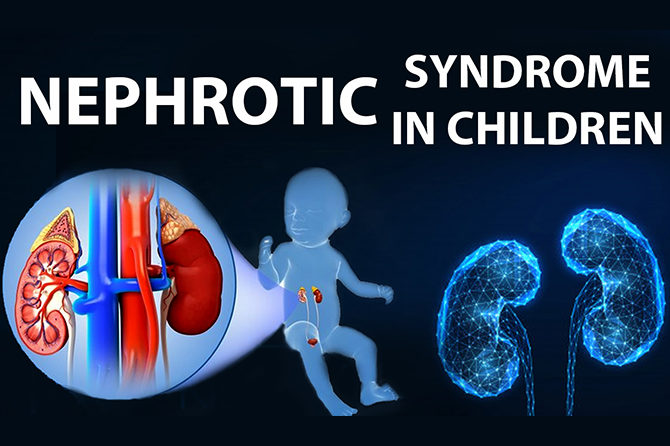Pasan Hewavitharana1,2,11, Stephen Schensul3 , Edison Lee4 , Maria Montez-Rath4 , Sachintha Senarathne5 , Sai Liu4 , Kaitlin Harold4 , Santhushya Hewapathiranage1 , Naduni Erandika1 , Hemalika T.K. Abeysundara6 , Xue Yu4 , Vivek Bhalla4 , Andrew Fire7 , Adeera Levin8 , Shuchi Anand4 , Penny Vlahos9,11, Rohana Chandrajith5,11 and Nishantha Nanayakkara1,10,11
1 Center for Research, National Hospital Kandy, Sri Lanka;
2 Department of Nursing, Faculty of Health Sciences, The Open University of Sri Lanka, Kandy, Sri Lanka;
3 School of Medicine, University of Connecticut, Farmington, Connecticut, USA;
4 Division of Nephrology, School of Medicine, Stanford University, Palo Alto, California, USA;
5 Department of Geology, Faculty of Science, University of Peradeniya, Kandy, Sri Lanka;
6 Department of Statistics and Computer Science, Faculty of Science, University of Peradeniya, Kandy, Sri Lanka;
7 Department of Pathology, School of Medicine, Stanford University, Palo Alto, California, USA;
8 Division of Nephrology, University of British Columbia, Vancouver, Canada;
9 Department of Marine Sciences, University of Connecticut, Groton, Connecticut, USA; and
10 Nephrology and Kidney Transplant Unit, National Hospital Kandy, Sri Lanka.
Introduction
Chronic kidney disease of uncertain etiology (CKDu) is a leading cause of death of adults in Sri Lanka’s dry region.
Methods
We initiated the Kidney Progression Project (KiPP) to prospectively follow 292 persons with Chronic Kidney Disease Epidemiology Collaboration estimated glomerular filtration rate (eGFR) 20 to 60 ml/min per 1.73 m2 living in a CKDu endemic area. Using data from 3-year follow-up, we assessed kidney function decline (>30% from baseline eGFR), and the composite outcome of >30% eGFR decline, eGFR <15 ml/min or death, and explored the association of the 2 outcomes with baseline demographic, residential, and clinical parameters accounting for baseline eGFR.
Results
Median eGFR at enrollment was 28 ml/min among 71 women; 30 ml/min among 221 men; 91% to 99% had trace or no proteinuria during follow-up. At enrollment, median serum sodium, uric acid, and potassium were 143 mmol/l, 6.3 mg/dl, 4.5 meq/l, respectively among women; and 143 mmol/l, 6.9 mg/dl, 4.3 meq/l among men. Mean slope of eGFR decline was −0.5 (SD 4.9) ml/min/yr. In exploratory analyses, men with greater years of education and those living in northern region of the study area experienced lower likelihood of disease progression (hazard ratios [HR] 0.87 [0.77–0.98] per additional year and 0.33 [0.12–0.89] for northern versus other subregions, respectively). There was a suggestion that men drinking well water had higher likelihood and men living further away from reservoirs had lower likelihood of >30% decline in eGFR (HR 2.07 [0.95–4.49] for drinking well water versus not, and HR 0.58 [0.32–1.05] per kilometer distance, respectively).
Conclusions
The overall rate of kidney function decline was slow in this CKDu cohort, similar to other nonalbuminuric CKD, and event rates were similar among men and women. Further etiologic investigations could focus on specific residence locale and water use.
KEYWORDS
agricultural work and kidney disease; chronic kidney disease of uncertain etiology; environmental epidemiology; epidemiology
![]()


